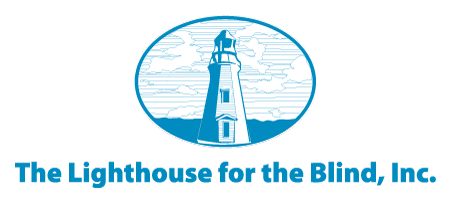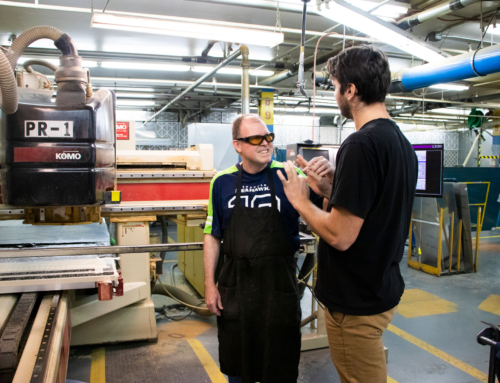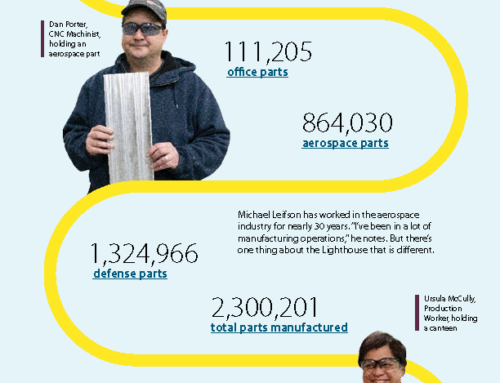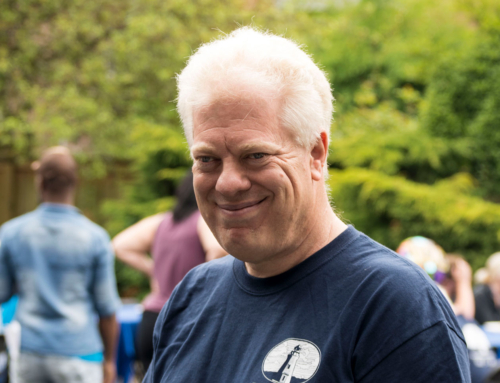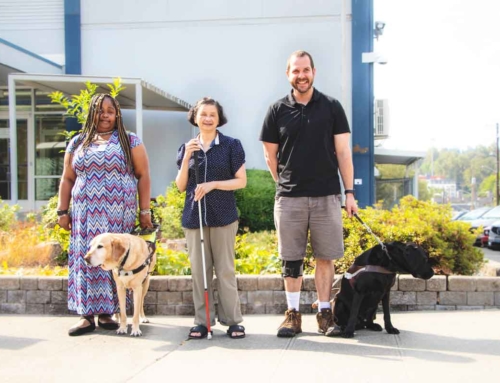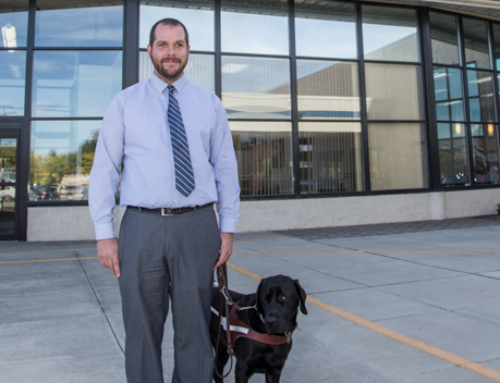In 1938, Congress created a program enabling agencies serving people who are blind to sell products to the Federal government termed the Wagner-O’Day Act. By 1971, the original act was amended to permit people with other significant disabilities to also benefit and is known today as the Javits-Wagner-O’Day Act. This act implemented The Committee for Purchase from People who are Blind or Severely Disabled (Committee) which is the Federal agency authorized to administer the AbilityOne Program.
The Lighthouse operates under the umbrella of the AbilityOne program as a Non-Profit Agency (NPA) which utilizes more than 75% of total direct labor hours performed by people who are blind or have other severe disabilities. The Lighthouse is an also an affiliate of National Industries for the Blind (NIB), which along with National Industries for the Severely Handicapped (NISH) has been designated as the two central NPAs to assist with the AbilityOne program implementation. The Committee is responsible for determining which products and services are suitable to place on its Procurement List (PL) for the Federal government. It also determines the fair market prices for those items.
The Lighthouse for the Blind, Inc. has developed many of the items we produce today, as well as others that we’ve stopped producing or given to other sister agencies in the NIB program. As part of the AbilityOne program, the Lighthouse works with NIB and the Federal Government when choosing which items to devote our resources to develop. Here are six steps we employ to develop our products:
1. First the Lighthouse gets an idea for a product. This can come from a customer, be a revision of a current product line to keep up with the market, an idea from an inventor who wants to develop or market a product, employees who have new ideas, or an idea from the NIB Product Development Department.
2. The product is evaluated in such areas as: customer demand, best practices to manufacture the item, cost of development, number of mission hours likely to be generated by the project, its required ratio of blind work on the task, and how it fits into the Lighthouse’s areas of expertise and core competency. At this stage, over 60% of ideas are eliminated or tabled for future development. That is an important step to keep the Lighthouse’s resources directed at the best ideas that are likely to produce the most new jobs or increase the wages of the current work force.
3. If the product is chosen for development, the Lighthouse creates a team that adds the idea to the President’s List for Procurement (PL). Inclusion on this list gives us the right to continue to produce the item for the U.S. Government for the life of that product, providing we maintain competitive price, quality and delivery.
4. Next, the Lighthouse develops a Business Case Analysis to meet NIB addition requirements. This includes: the identification of raw materials and sources, deciding on manufacturing process and the equipment requirement, and development of accessibility evaluation for all production steps. The Lighthouse designs the process and equipment to maximize the Mission work hours that the project will create. This means both a review of current methods working with suppliers to make use of the technology that is rapidly developing in both conventional and computer accessibility tools.
5. Once the business plan is developed, reviewed and approved, the process of addition to the PL starts. NIB staff reviews the Lighthouse’s plan, modifies it as needed, and starts the process of adding it to the PL. It is now required that the procuring agency to sponsor the addition process as NIB presents the plan to the Commission for Purchase. They will do the required posting to allow for public comment and collect the responses.
6. When the Lighthouse gets permission to produce the item under AbilityOne, the transition to manufacturing starts when we get an order and execute the plan as developed. This is when the work orders, Quality plans and Bill of materials are developed and the manufacturing of the item begins. This part is the most exciting. It is when Lighthouse employees build on their collective product knowledge and creative application of accessibility and training to maximize the mission labor to the project.
